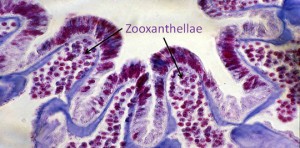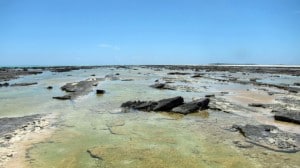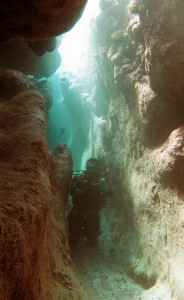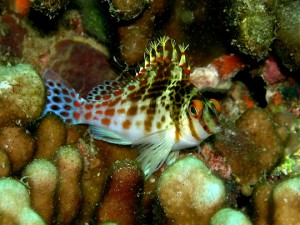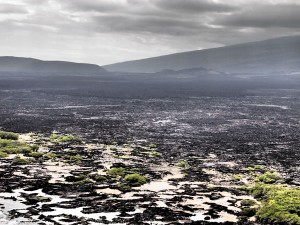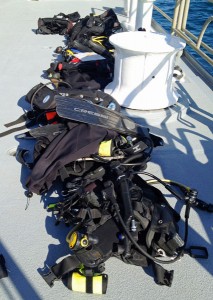
Fluorescing with PAM
Most coral reefs thrive in shallow depth, where light can easily penetrate the water. Corals depend on the energy of sunlight, through the photosynthetic microscopic algae that reside within their tissue, to grow and survive. For the first time in

